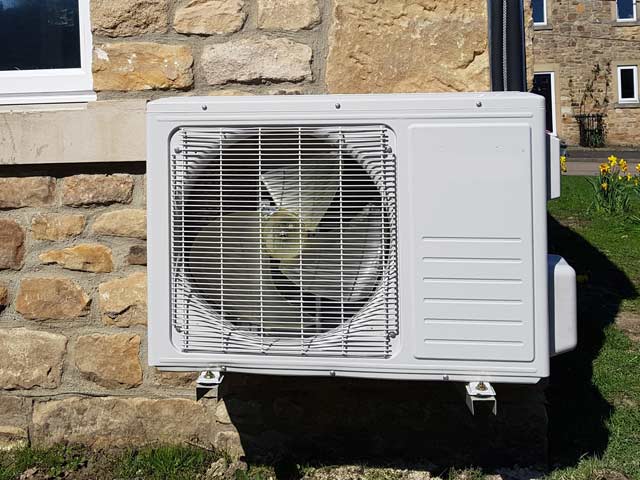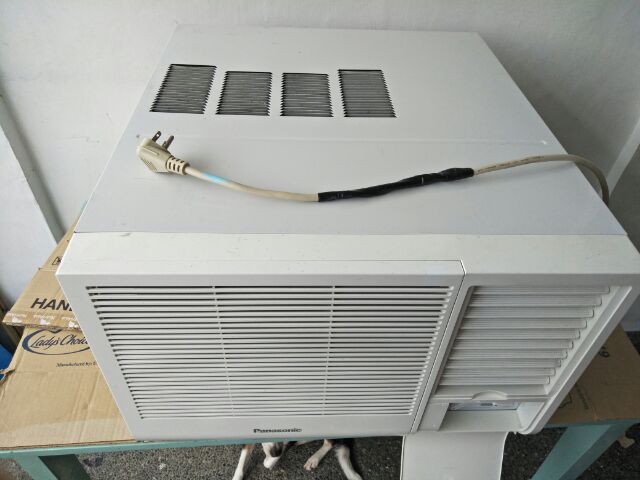
Plan to buy a tankless hot water heating unit? If so, as well as if you aren’t familiar with just how a tankless heater runs, after that there are some things you need to learn about before you make that acquisition.
There are some big distinctions between the way container type hot water heater and tankless heaters engage with you the user as you run your hot water system. With a container type warm water heating unit, when you activate the faucet as well as the warm water starts moving via the warm water piping on its way to your tap. Given that the piping is chilly, it soaks up a portion of the warmth in the water, gradually warming up to the temperature of the water.
This is why your warm water progressively goes from chilly to warm if you leave your hand under the running water. If your pipeline run is short, the workout will certainly be faster. The longer the pipelines as well as the larger the piping material, the extra steady will certainly be the warm-up due to the fact that the pipelines will certainly soak up even more heat from the moving water.
One more significant variable in the workout time is the rate at which the water is taking a trip. The more quickly the water flows, the quicker the warm-up. The higher the water speed, the less time it is subjected to the cool piping product. The ambient temperature level is also a big element. If your pipes are in the attic, and also you are in Bakersfield California, in mid summer season, your pipelines will certainly be so warm that they won’t absorb any type of warmth from the water.
Nevertheless, if you remain in Truckee California in January, your pipelines will certainly take much longer to warm up, and with long pipeline keeps up un-insulated pipelines, the high temperature may never be gotten to given that the warmth loss from the pipelines to the surrounding air may be quite high.
Within a short time the warm water the temperature level maintains. Given that you have a tank filled with a lot of hot water that is at one temperature, the temperature level at your tap differ very little, even when you alter the flow rate with the tap. A little stream of water is primarily the same temperature level similar to the faucet flowing at complete stream.

Currently let’s see exactly how points change with a tankless heating system. The previous warming-up elements use and also there are a few even more things that enter into play. When you activate the warm water faucet there is no huge container of warm water to begin streaming to the fixture. There is, nevertheless, a tankless heating unit filled with cold water that begins passing through the hot water piping on its way to your sink.
Heating the water to complete temperature level requires that the cold water going into the heating system traveling all the way with the heating unit. This will creates a much longer delay in getting the hot water to the component, and causes running more thin down the drain while waiting than with a storage tank kind heater.
A simple method to envision the workings of a tankless heating system is to picture a coil of copper pipeline with a fire in the middle of it. As the water travels with the tubing it takes in heat from the fires and also obtains hotter and also hotter. An electric heating unit is comparable however rather than fire the water moves over heating elements.
The temperature of the water coming out of the water heater depends on the heat pumps installation and upon flow rate as well as what the incoming cold water temperature level is. If your cold water is 45 levels, as well as the heating unit is warms the water 90 degrees with a flow rate of 1 gallon per minute, then you will obtain 135 level water at the electrical outlet.
If for any reason the water temperature of the incoming cold water rises to 55 levels, then outlet temperature level will rise to 145 levels. In many locations this will lead to a different warm water temperature level in the summer than in the winter months.
The circulation price has a huge influence on the temperature increase the heating unit generates. If you boost the flow price from 1 to 2 gallons per min the temperature level rise will be cut in half, and the outlet temperature will be 100 degrees. An adjustment in circulation will creates a modification in temperature.
To make points a lot more intriguing, a tankless hot water heating system does not switch on till a sufficient flow of water happens in the warm water pipe. Tankless heating systems generally call for in between 1/2 gpm as well as 3/4 gpm to switch on.
If you like to run the hot water tap full-on to obtain the warm water to the sink swiftly, and then strangling it back to a little stream while you comb your teeth or wash your hands, after that the tankless heater will alter your habits. With a tankless water heater, if you reduce the circulation to a small stream, the hot water heater shuts off, and cold water gets on its means. No more utilizing a little drip of hot water.
Tankless water heaters don’t work with most conventional water distributing systems. If the circulating pump produces adequate circulation to activate the hot water heater, it will certainly cause the water heater to run continually up until a safety mechanism shuts it off. Most pumps don’t generate sufficient circulation to activate the heating unit and will certainly just distribute cold water.
There is a sort of hot water pump that will deal with the tankless heating systems. The pump will certainly obtain the warm water to the fixture faster and also without running any type of thin down the drainpipe. You turn on the pump with a button as well as it immediately switches off when the hot water reaches it. Two such pumps are the Metlund D’mand pump and the Chilipepper CP6000. Regrettably they don’t address the various other problems.
Tankless water heaters do have their area. They do eliminate standby and they do provide endless amounts of warm water.
